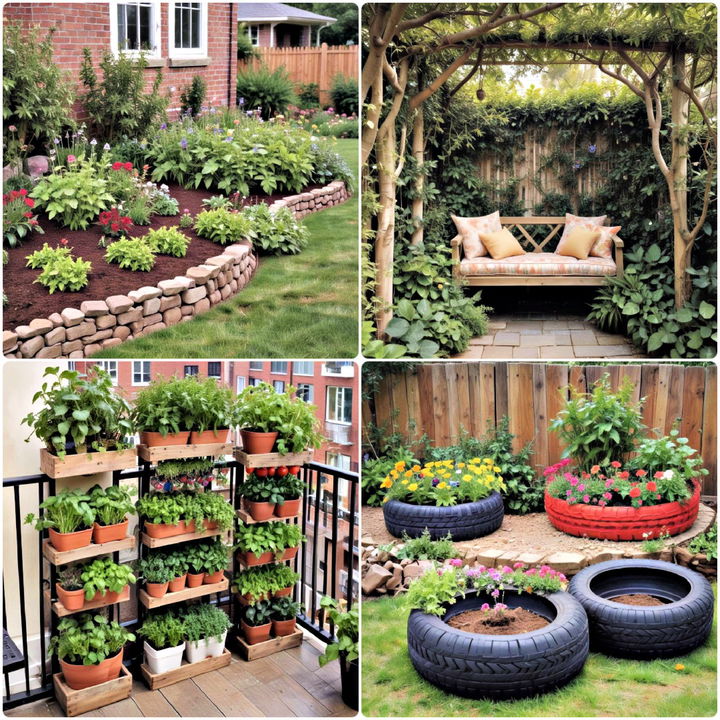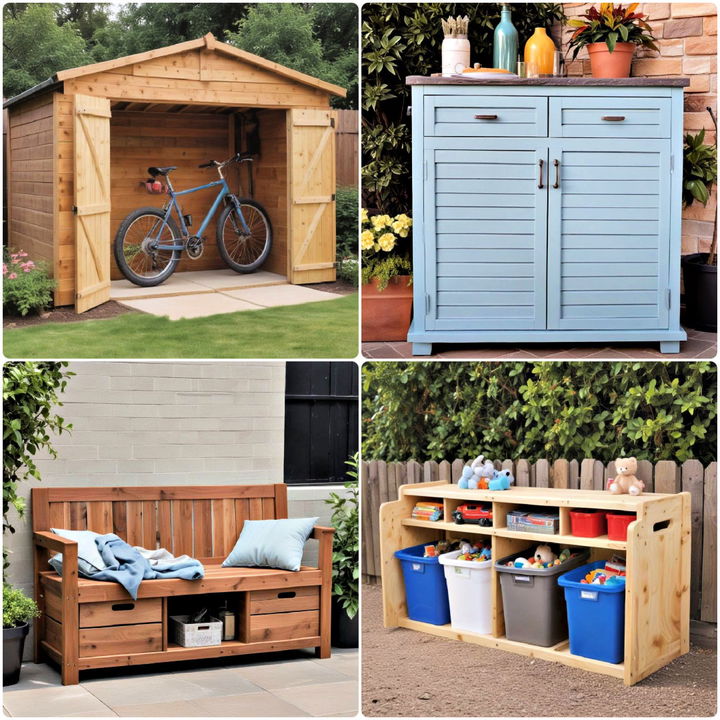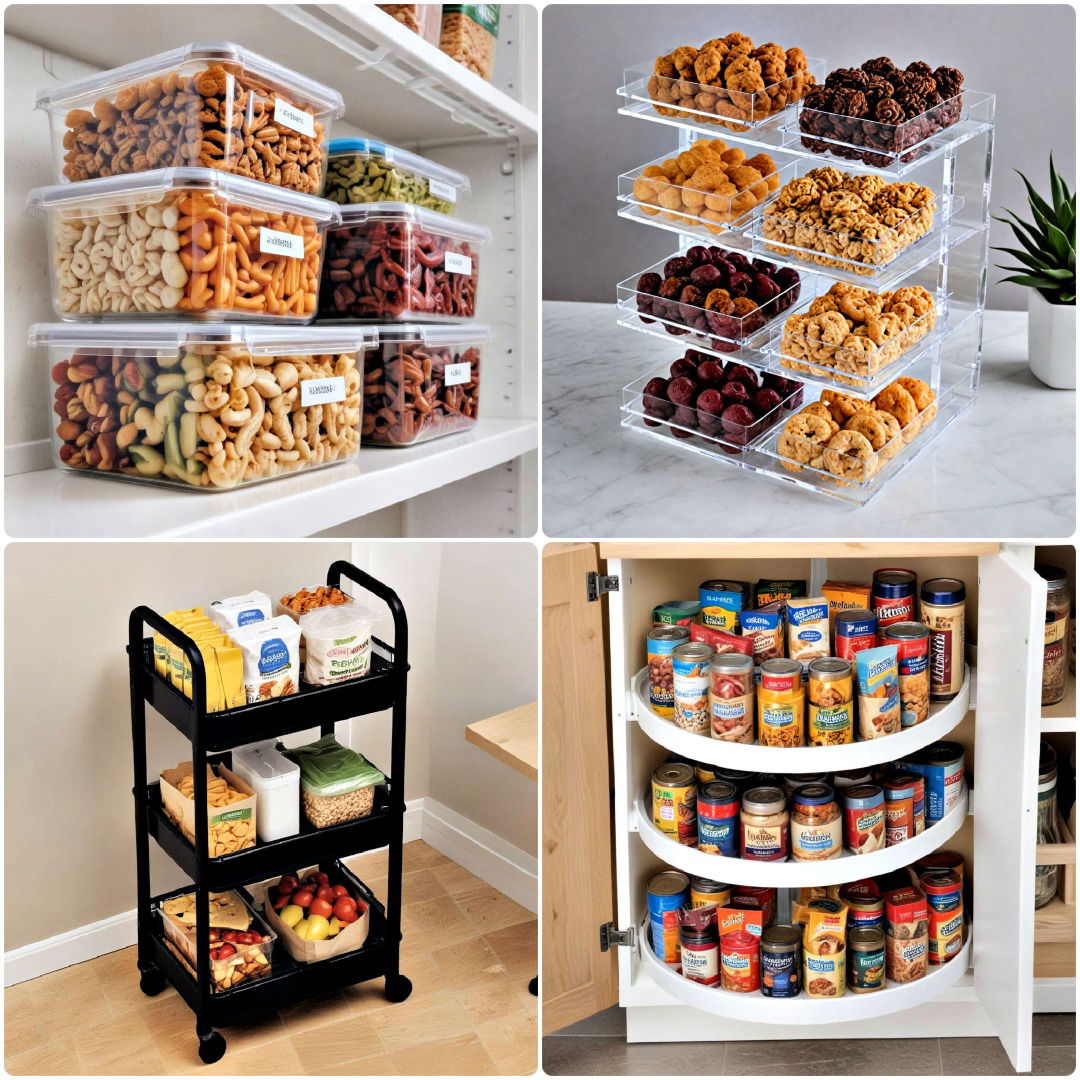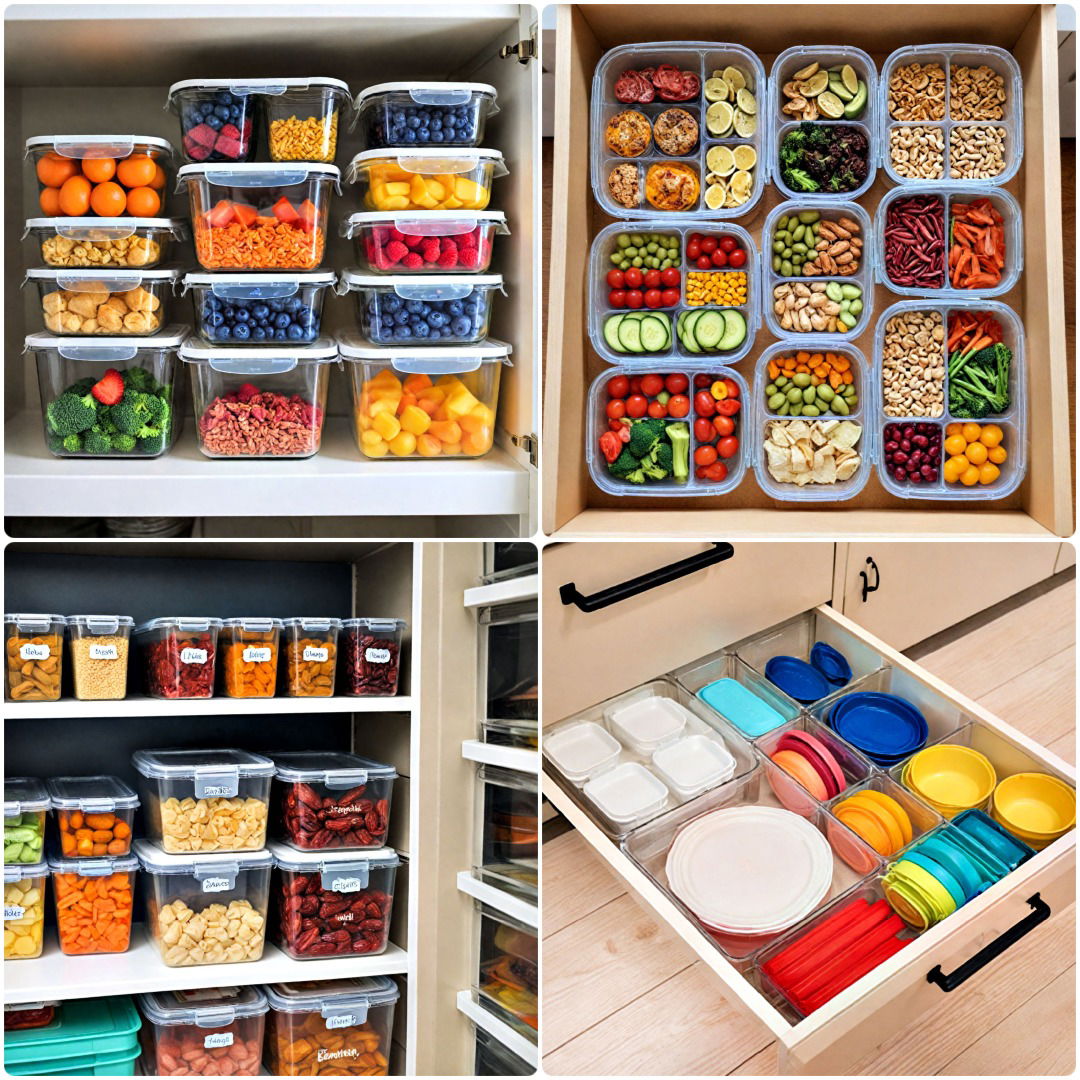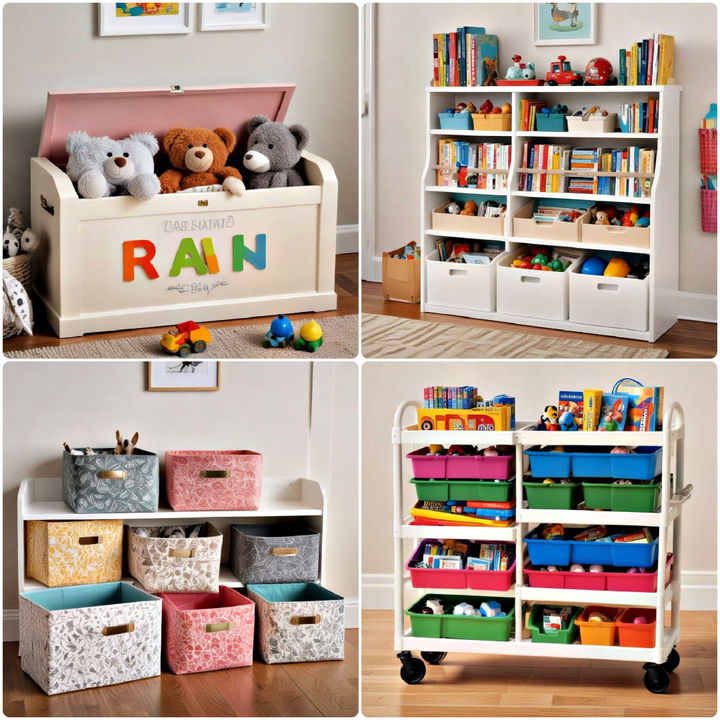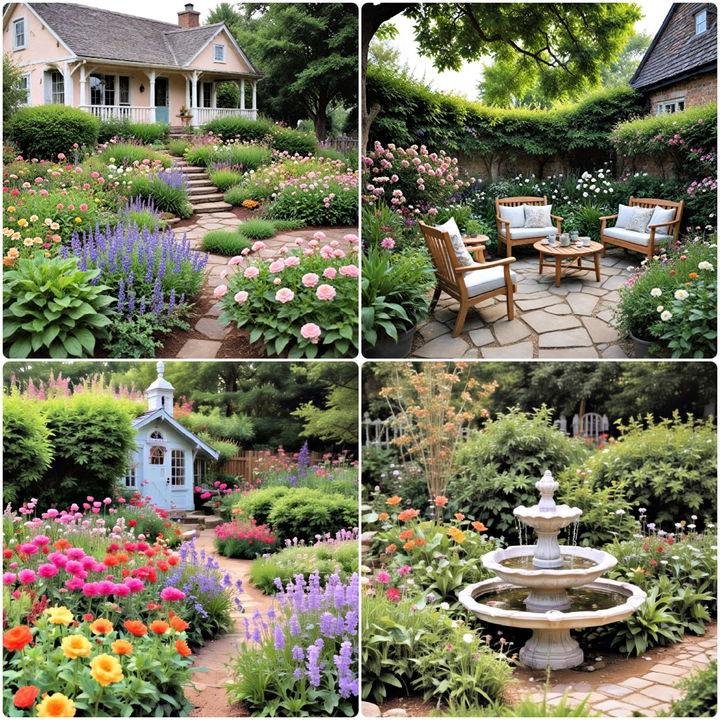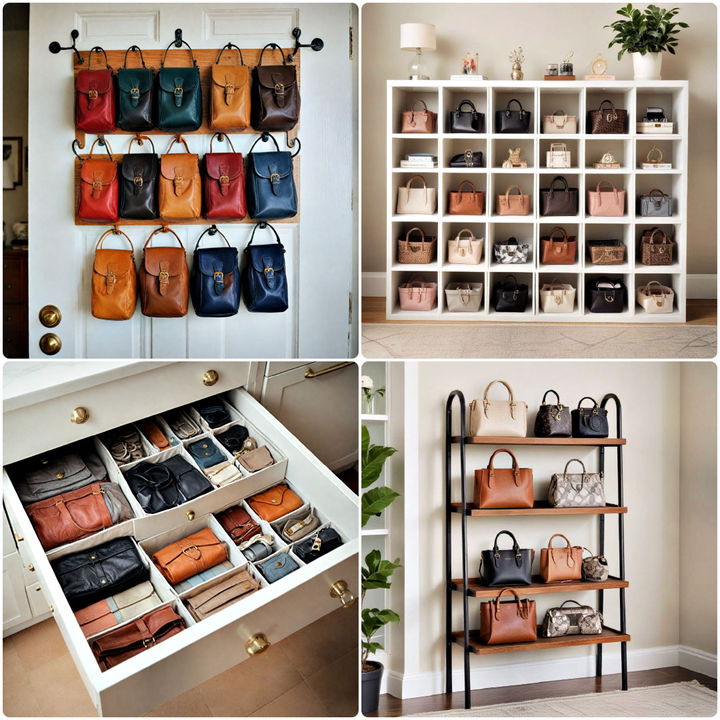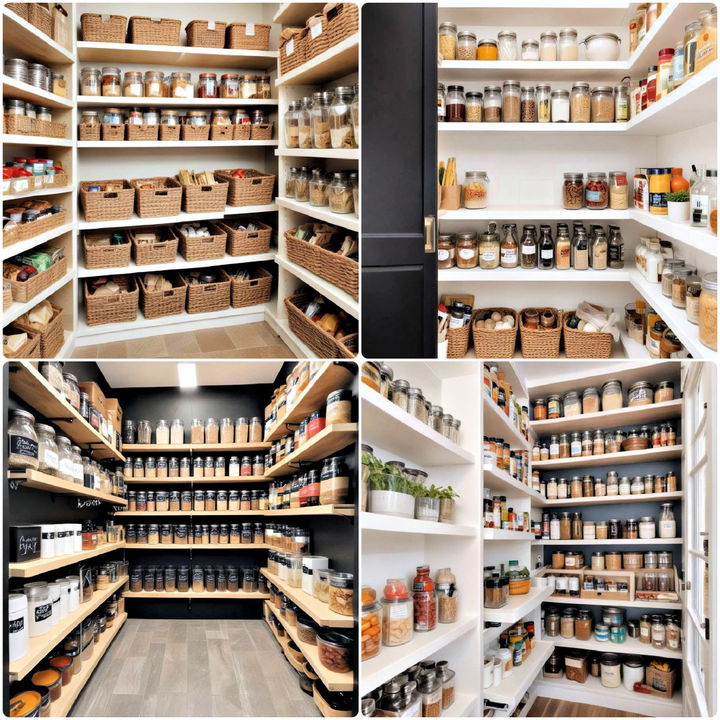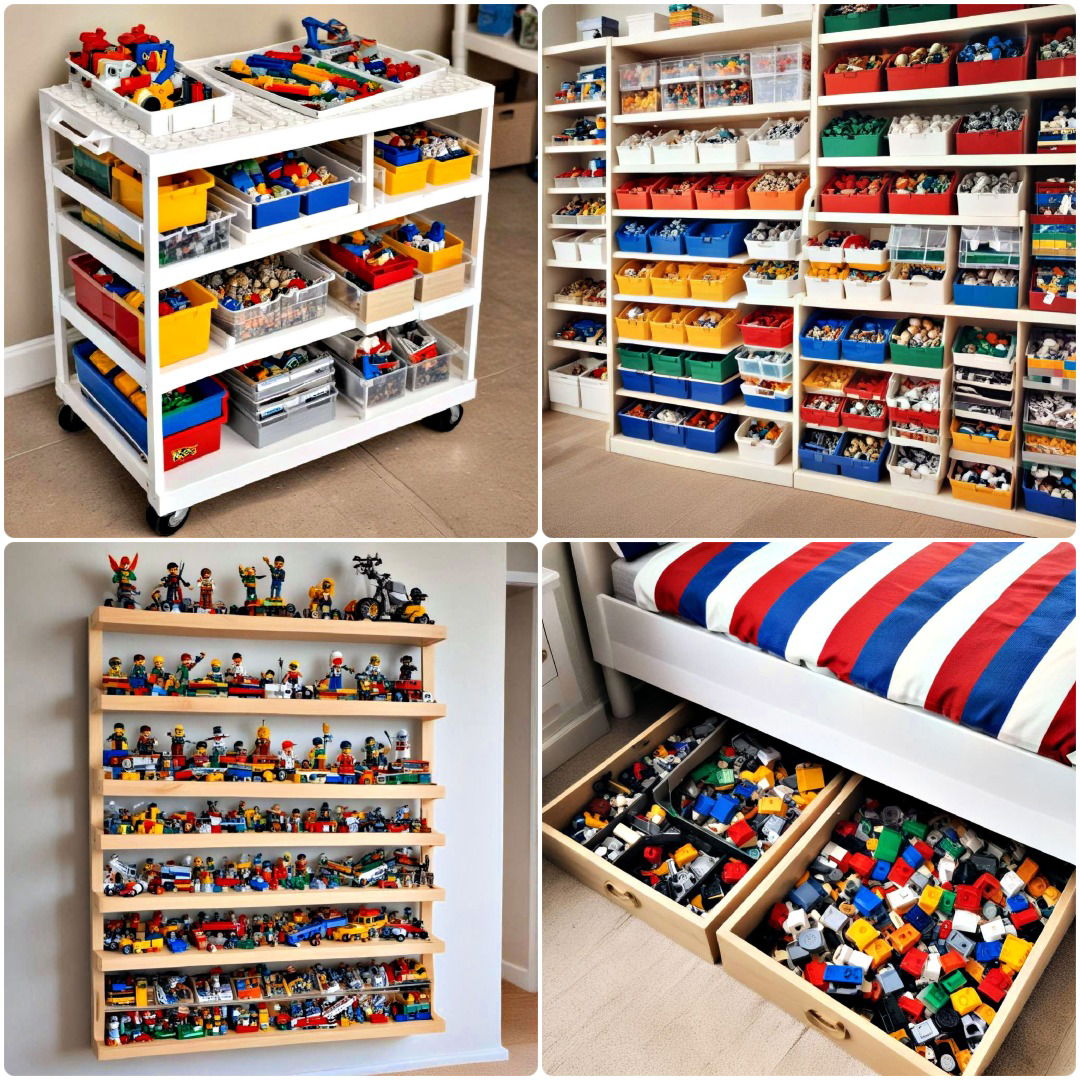Whether you're a seasoned gardener or just starting out, preserving your precious seeds for future planting is essential. Seeds are the lifeblood of any garden, and proper storage ensures their viability and vitality for years to come. We'll delve into the world of seed storage, offering you practical and innovative ideas to keep your collection organized and protected.
From repurposing everyday household items to exploring specialized storage solutions, there are countless ways to store your seeds effectively. Proper storage safeguards them from moisture, pests, and temperature fluctuations, which can drastically reduce their germination rates. By mastering the art of seed storage, you can ensure a bountiful harvest year after year.
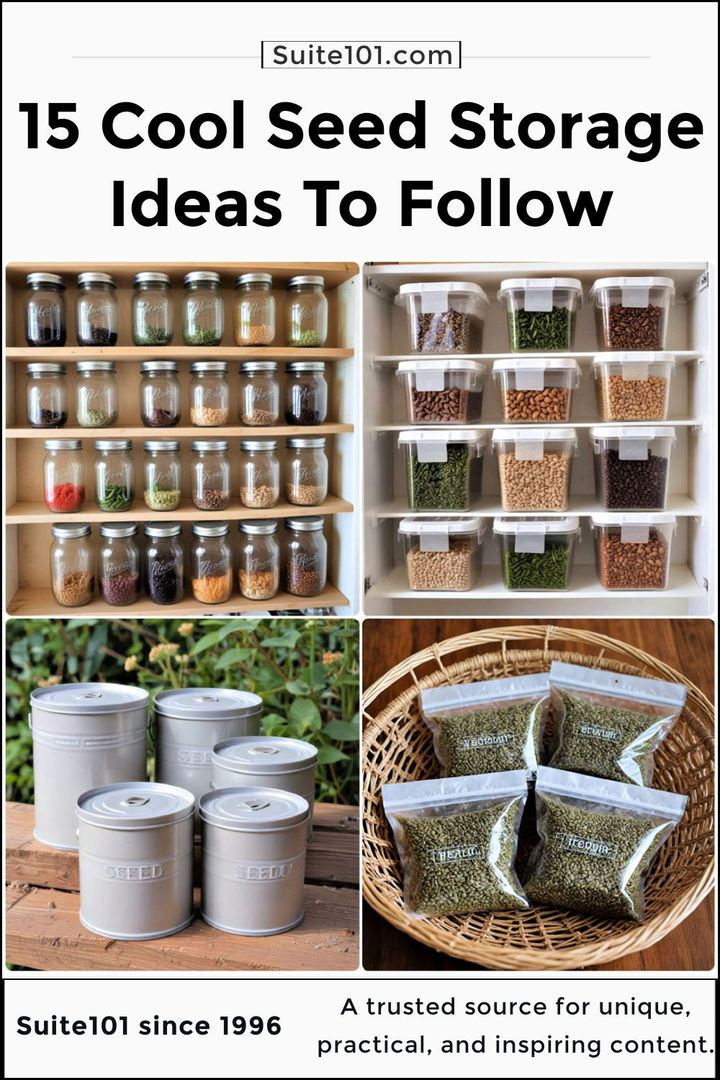
We will embark on a journey through 15 diverse seed storage ideas, catering to gardeners of all levels. Whether you have a vast collection or just a few cherished varieties, we'll provide you with inspiration and practical solutions to keep your seeds safe and accessible. So, let's dive in and discover the best ways to preserve the heart of your garden – your seeds!
1. Airtight Containers
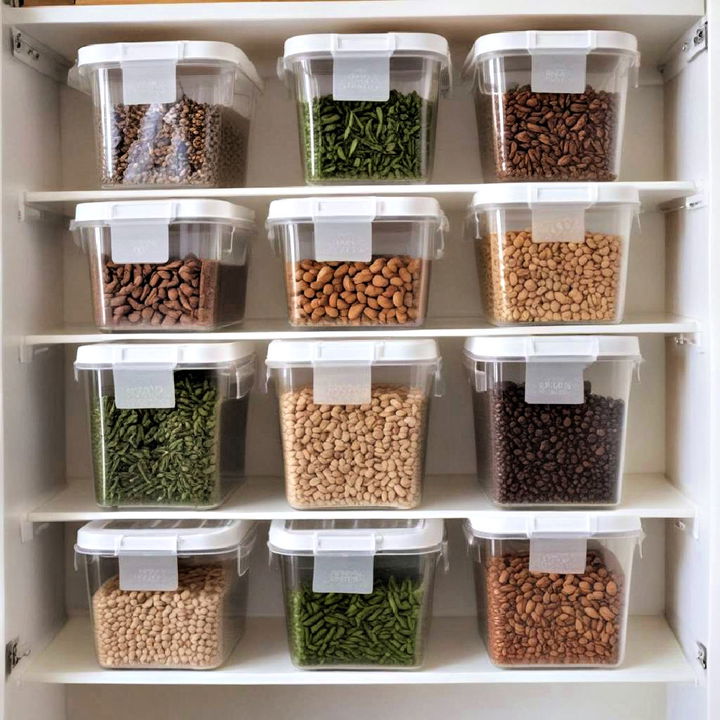
Airtight containers are ideal for keeping seeds dry and safe. These containers prevent moisture from entering, which helps in preserving seed viability. They come in various sizes and are often made of plastic or glass. Their straightforward design makes them easy to use, and they are widely available.
2. Mason Jars
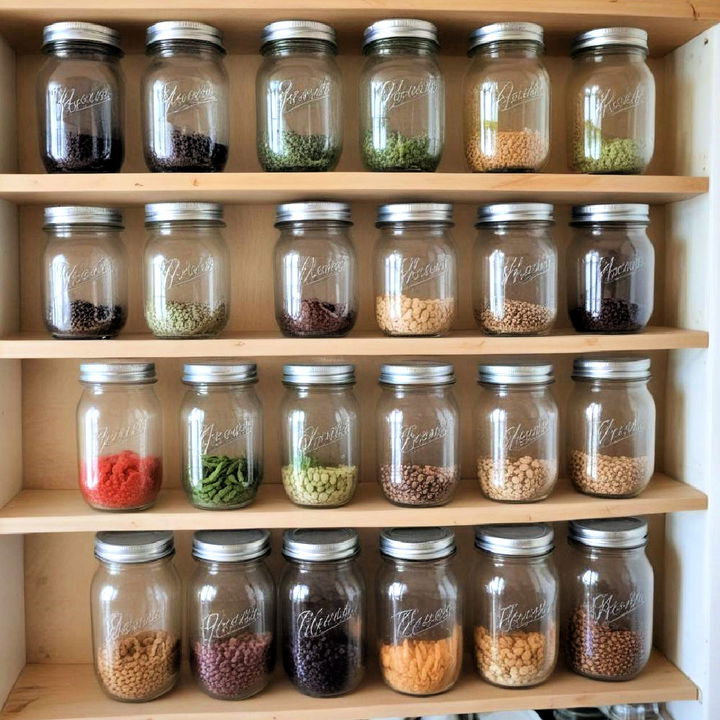
Mason jars are not just for canning; they work fantastically for seed storage, too. With their screw-on lids, these jars create a tight seal, keeping seeds fresh. They are made from sturdy glass and come in various sizes. Plus, they're reusable, making them an eco-friendly choice.
3. Vacuum-Sealed Bags
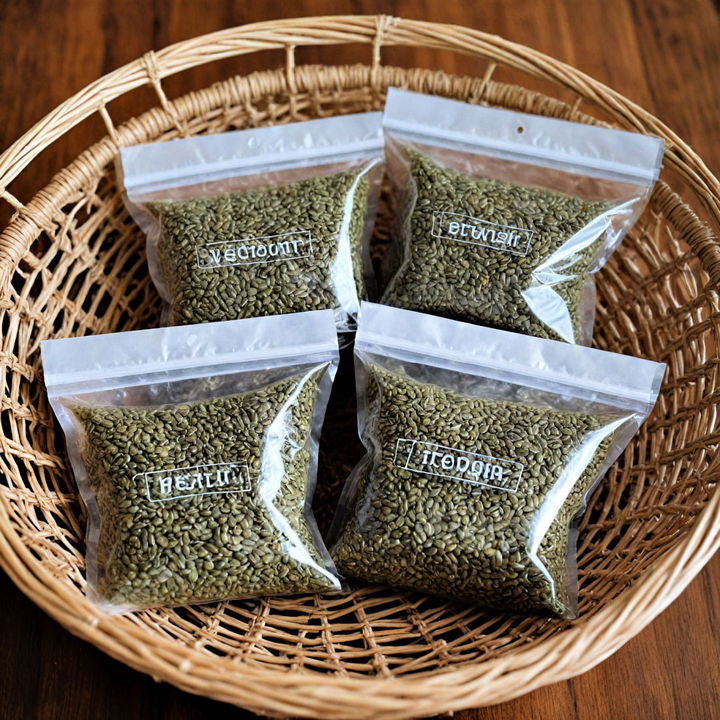
Discover practical seed storage ideas to keep your seeds fresh and organized. Vacuum-sealed bags are great for long-term seed storage. By removing all the air, these bags prevent oxidation and moisture buildup, thus extending the shelf life of seeds. These bags are typically made from durable plastic and can be easily labeled and stored.
4. Silica Gel Packs
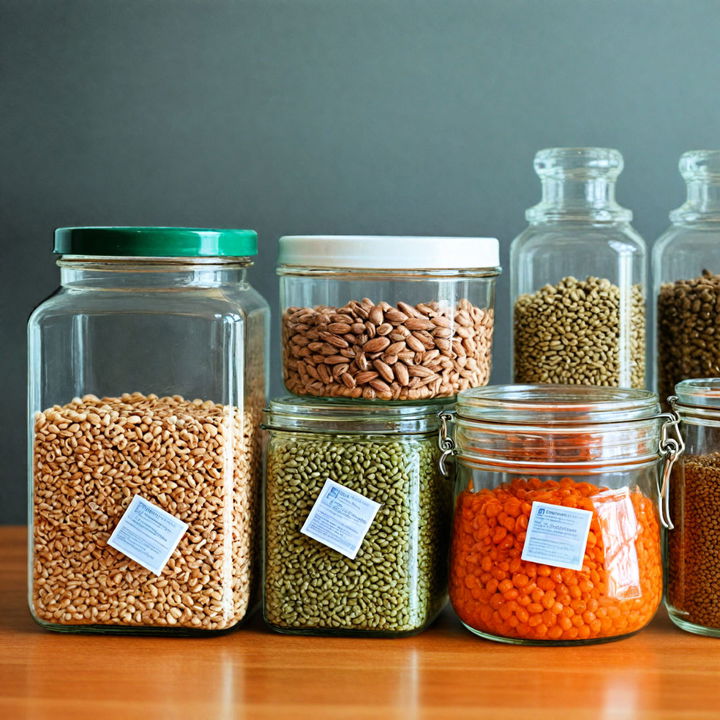
Adding silica gel packs to seed storage containers helps absorb any lingering moisture. These small packs are highly effective in creating a dry environment. Simply place them inside with your seeds, and they will keep them moisture-free. They are inexpensive and readily available.
5. Freezing
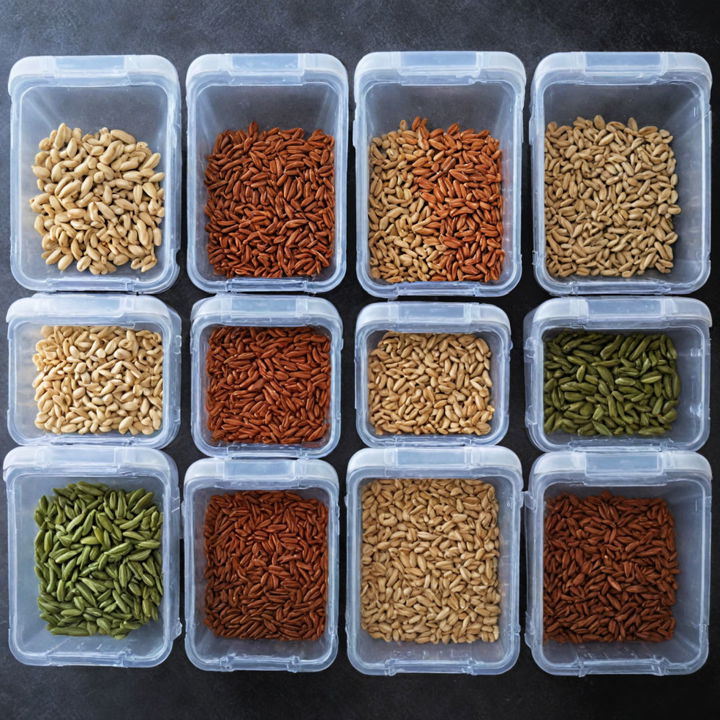
Freezing seeds can significantly increase their shelf life. However, it’s crucial to ensure seeds are completely dry before placing them in the freezer. Once frozen, seeds are protected from moisture and pests. Use airtight containers or vacuum-sealed bags for best results.
6. Desiccant Packets
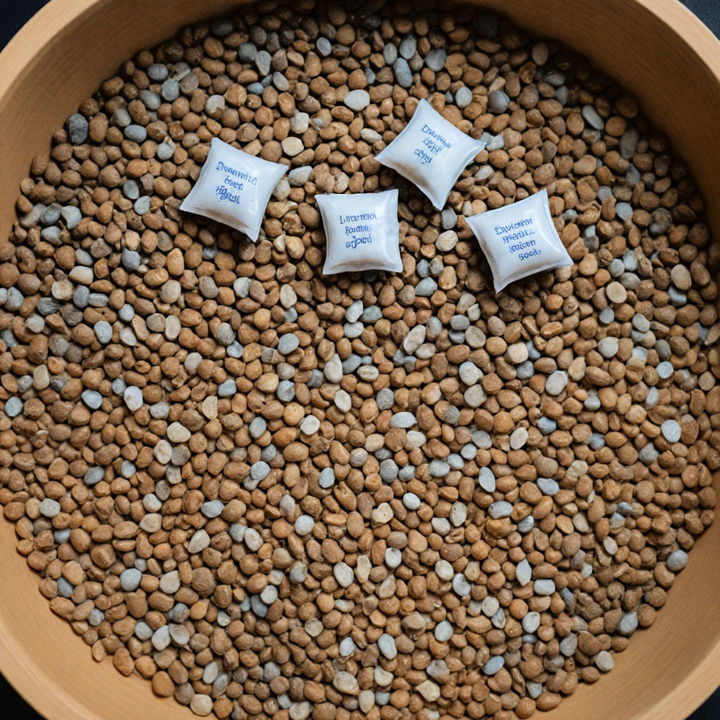
Like silica gel packs, desiccant packets help absorb moisture but come in various forms and sizes. They are particularly useful in larger storage containers. Simply place these packets with your seeds to maintain a dry environment, ensuring your seeds remain viable for longer.
7. Cloth Bags
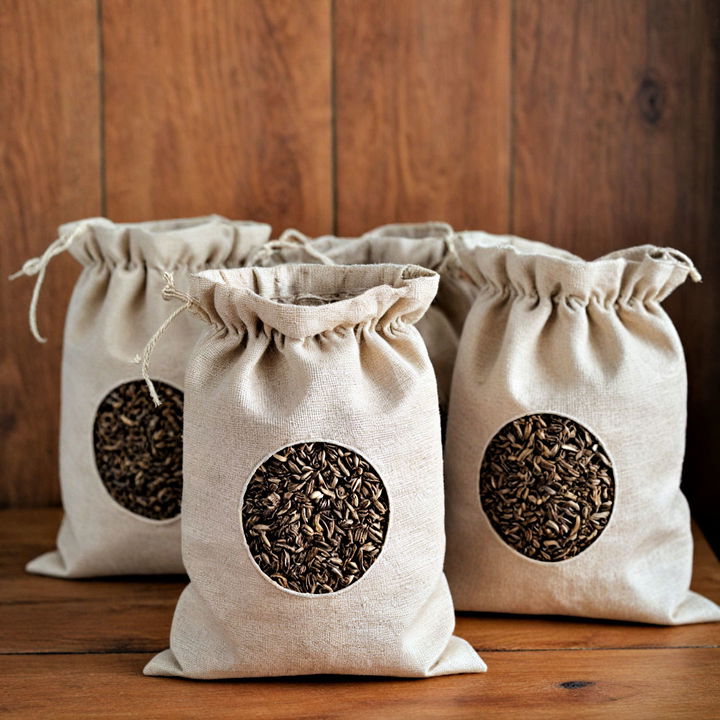
Cloth bags are useful for storing seeds in a breathable environment. Made from natural fibers, they allow for airflow, reducing the risk of mold. They are also reusable and environmentally friendly. Ensure to store the bags in a cool, dry place for optimal results.
8. Metal Tins

Metal tins offer robust seed storage, protecting from pests and light. These tins usually come with tight-fitting lids that help keep the contents dry. They are durable and can be easily tucked away in a cool, dark place. A label on the tin helps in quick identification.
9. Dark Glass Bottles
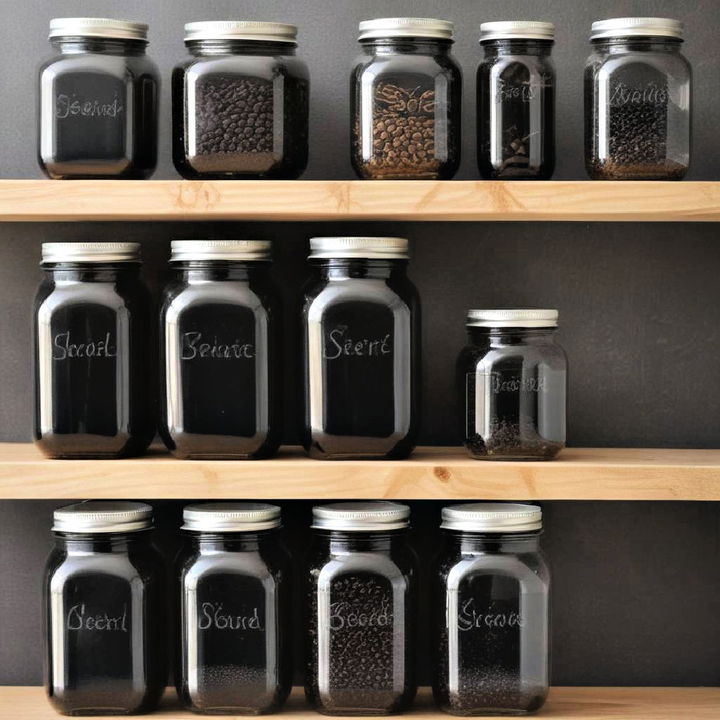
Get the best seed organizer to neatly arrange and easily access your seeds. Dark glass bottles help protect seeds from light, which can degrade their quality. These bottles often come with airtight caps that prevent moisture entry. They are sturdy and can be repurposed, making them a sustainable option. Store them in a cool, dark area for best results.
10. Plastic Zip-Lock Bags
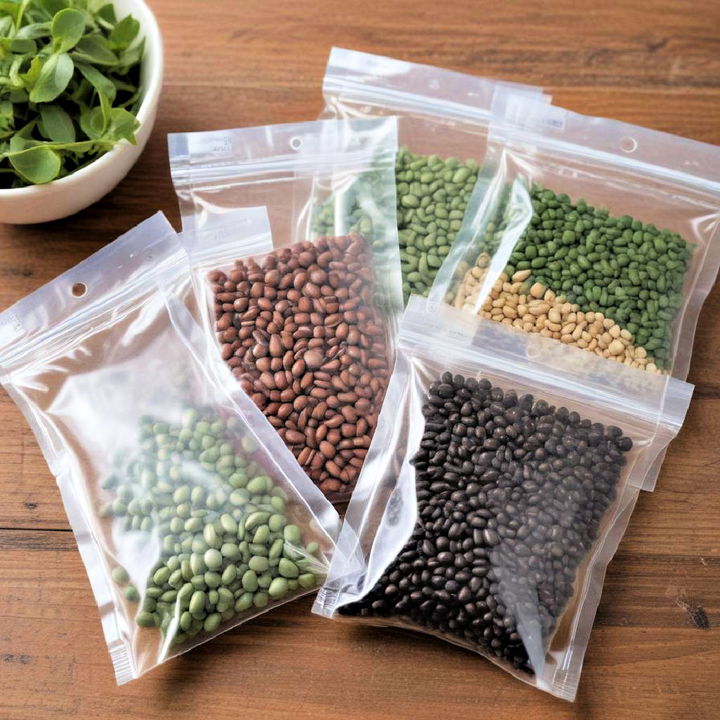
Plastic zip-lock bags offer a convenient and cost-effective solution for seed storage. These bags are easy to seal and help keep out moisture. Being transparent, they allow you to quickly identify the seeds inside. Just ensure to store them in a cool, dark, and dry place for maximum efficacy.
11. Wooden Boxes
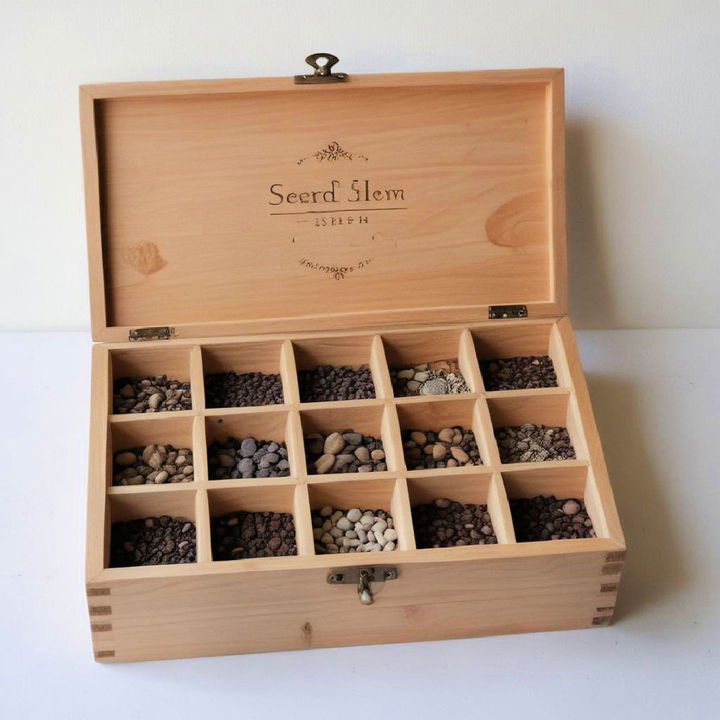
Wooden boxes can be an elegant and functional way to store seeds. They naturally allow for some airflow, which helps in keeping mold at bay. Often crafted from sturdy wood, these boxes can also be a stylish addition to your gardening toolkit. Label each compartment for easy organization.
12. Film Canisters
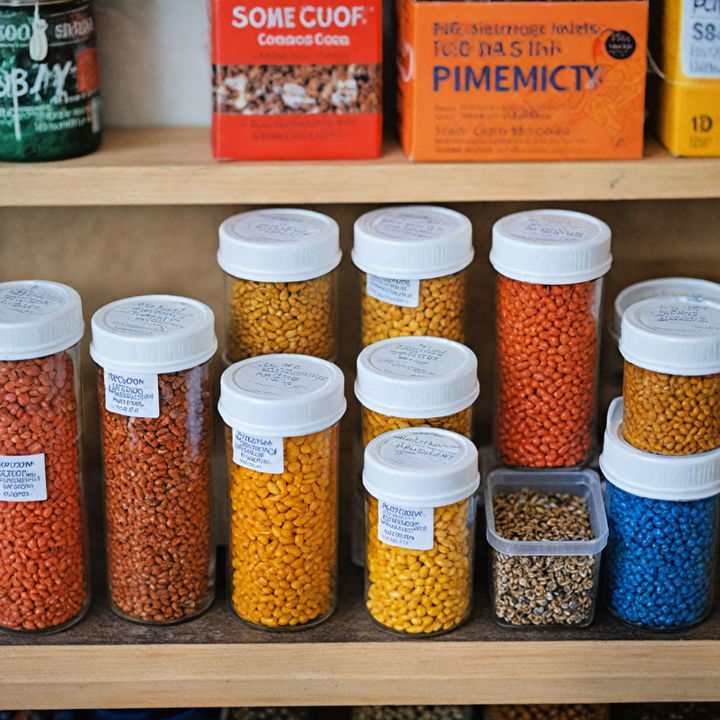
Film canisters, though somewhat vintage, are highly effective for small-scale seed storage. These canisters are lightproof and create a decent seal, keeping seeds dry and safe from light. Their compact size makes them easy to store in drawers or larger boxes, and they are readily available in second-hand shops.
13. Aluminum Foil
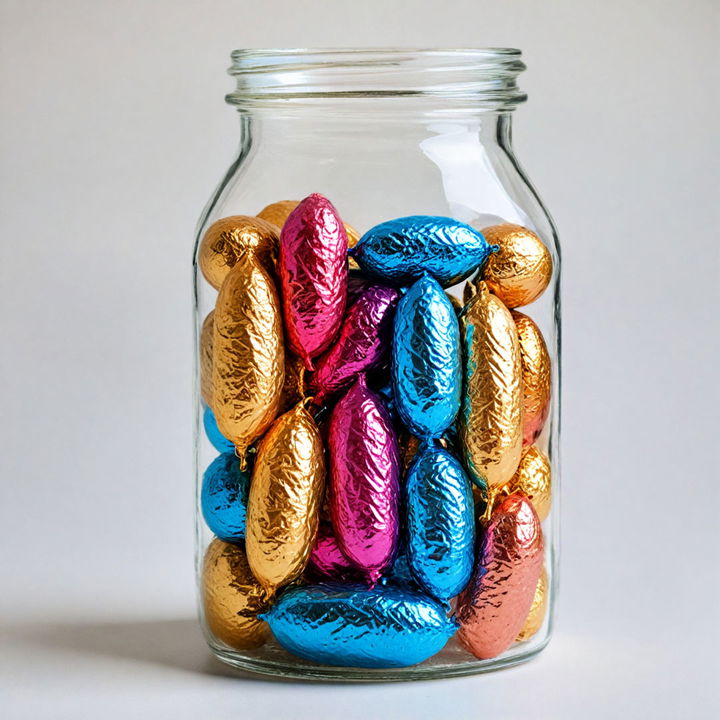
Choose durable seed storage containers to maintain the longevity of your seeds. Aluminum foil provides an excellent barrier against moisture, light, and pests. Wrap your seeds tightly in a sheet of foil and then place them in another container for additional protection. This method is particularly useful for short to medium-term storage. It's readily available and easy to use.
14. Buckets with Lids
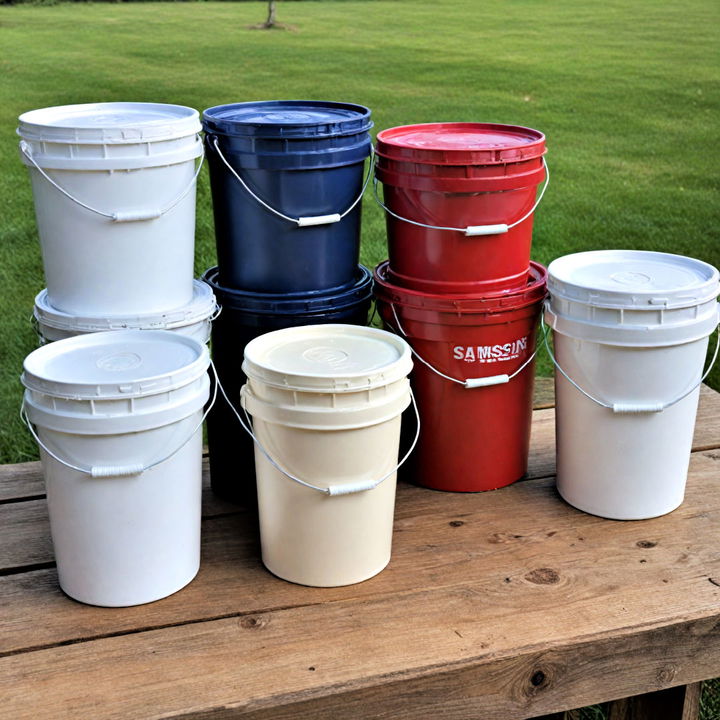
Buckets with lids can store large quantities of seeds effectively. These buckets are often made from plastic or metal and come with airtight sealing options. They protect seeds from various elements, including moisture and pests. Place a desiccant packet inside to further preserve seed quality.
15. Paper Envelopes
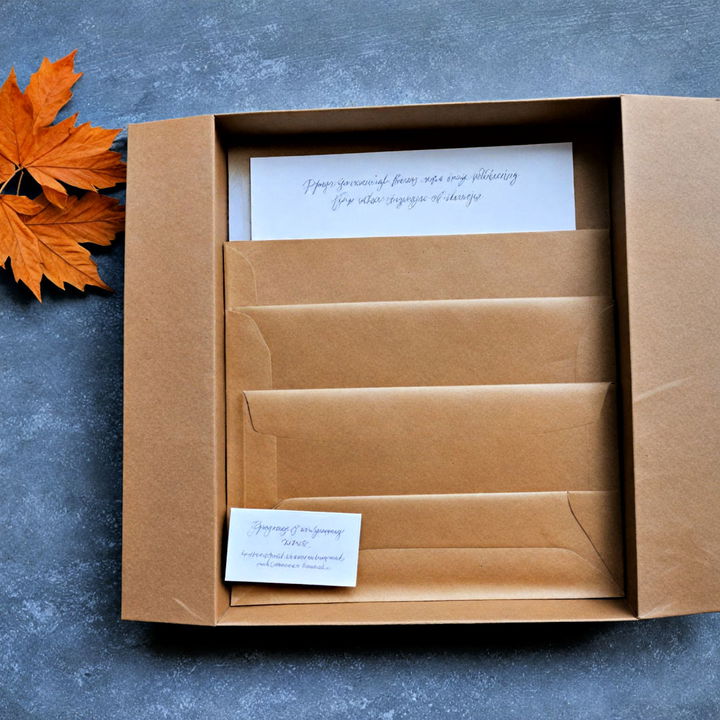
Paper envelopes provide a simple yet effective way to store seeds. They allow some airflow, which helps in preventing mold growth. They are lightweight, easy to label, and can be conveniently organized in a storage box. Just make sure to keep them in a dry place.
Conclusion:
Proper seed storage is a vital practice for any gardener, ensuring the longevity and success of future plantings. By implementing the various storage ideas discussed in this article, you can create an organized system that safeguards your precious seeds from damage and preserves their viability for years to come.
Key Points:
- Organization is Key: Implement a system that allows you to easily locate and identify your seeds, making planting a breeze.
- Protection is Paramount: Safeguard your seeds from moisture, pests, and temperature fluctuations to maintain their viability.
- Labeling is Essential: Clearly label each seed packet with the variety, date of storage, and any other pertinent information.
- Regular Checks are Crucial: Periodically inspect your seed collection to ensure their quality and identify any potential issues.
What to Do Next:
- Take Inventory: Assess your current seed collection and identify any storage needs.
- Implement a System: Choose one or more of the storage ideas that best suit your space and preferences.
- Start Organizing: Begin organizing your seeds using the chosen storage solutions.
- Enjoy the Rewards: Reap the benefits of a well-maintained seed collection and enjoy a thriving garden year after year.
Don't let your precious seeds go to waste! Take action today and implement a reliable seed storage system that ensures a bountiful garden for years to come. Happy gardening!


